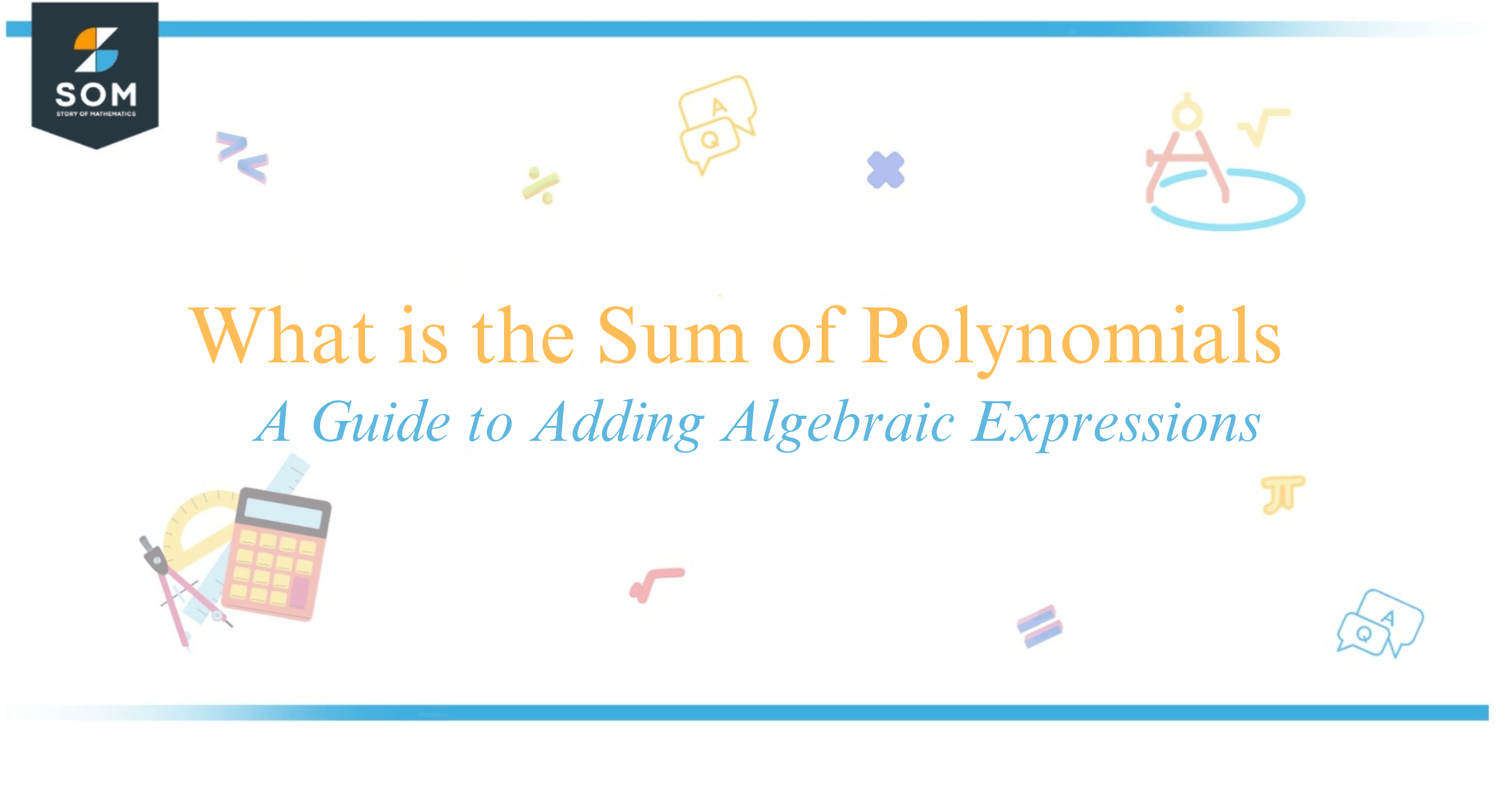 The sum of polynomial functions is the result of adding two or more polynomial expressions, which are algebraic expressions that include variables and coefficients.
The sum of polynomial functions is the result of adding two or more polynomial expressions, which are algebraic expressions that include variables and coefficients.
Polynomials are added by combining like terms, terms that have the same variables raised to the same powers.
For example, to add the polynomials $f(x) = 4x^2 + 3x – 5$ and $g(x) = 2x^2 – x + 1$, one would combine the coefficients of like terms to get the resulting polynomial $h(x) = (4x^2 + 2x^2) + (3x – x) – (5 – 1)$, which simplifies to $h(x) = 6x^2 + 2x – 4$.
Understanding the process of adding polynomials is fundamental in algebra and is frequently applied in calculus and higher mathematics.
The outcome of this addition yields a new polynomial whose degree is determined by the highest power of the variable present in the combined result, provided that the sum does not include any terms that cancel each other out completely.
This concept lays the foundation for more complex operations such as polynomial multiplication and division.
The Sum of Polynomials
The process of adding polynomials involves combining like terms and aligning terms with the same degree.

This operation is fundamental in algebra and is performed by manipulating the coefficients and variables to achieve a simplified algebraic expression.
Adding Like Terms
When adding polynomials, one first needs to identify the like terms. Terms are terms with the same variables raised to the same power. The actual addition involves summing the coefficients of these like terms while keeping the variables unchanged.
For example, consider the polynomials $3x^2 + 4x + 5$ and $5x^2 – 2x + 3$. To add these two, one would align and add the coefficients of the like terms:
$$ \begin{align*} (3x^2 &+ 4x + 5) \ (5x^2 – 2x + 3) \ (3x^2 + 5x^2) &+ (4x – 2x) + (5 + 3) \ 8x^2 &+ 2x + 8 \end{align*} $$
The result is a new polynomial in standard form, $8x^2 + 2x + 8$.
Adding Polynomials in Standard Form
Standard form dictates that an algebraic expression be written with terms in descending order of degree. When adding polynomials presented in this form, one ensures that each term of similar degree from the polynomials is visibly lined up, which makes the addition process straightforward.
Consider adding a linear polynomial $2x + 3$ to a quadratic polynomial $x^2 – x + 1$. The addition in standard form appears as:
$$\begin{align*} &\phantom{0x^2 +\ }2x + 3 \& x^2 – x + 1 \ & x^2 + (2x – x) + (3 + 1) \ &x^2 + x + 4 \end{align*} $$
Thus, the sum of the linear and quadratic polynomials is the trinomial $x^2 + x + 4$.
Conclusion
When one combines polynomials, they are effectively adding or subtracting the polynomial expressions to obtain a single polynomial as the result.
In mathematical terms, adding polynomials involves summing like terms, which are terms that have the same variable raised to the same power. The process emphasizes combining coefficients while keeping the variables and their respective exponents unchanged.
For instance, when adding two polynomials, $P(x) = 3x^2 + 2x + 1$ and $Q(x) = 5x^2 – 4x + 7$, one would align the like terms and sum the coefficients to get the resulting polynomial $R(x) = (3x^2 + 5x^2) + (2x – 4x) + (1 + 7)$.
Thus, the resulting polynomial $R(x)$ after performing the addition would be $8x^2 – 2x + 8$.
Subtraction is treated similarly, where one subtracts the coefficients of like terms of the subtrahend polynomial from the corresponding terms of the minuend polynomial.
In both operations, care is taken to ensure that the integrity of the original exponents and variables is maintained.
These operations are fundamental in algebra and are integral for solving more complex algebraic problems. Mastery of polynomial addition and subtraction is essential for progress in understanding algebraic equations and functions.
